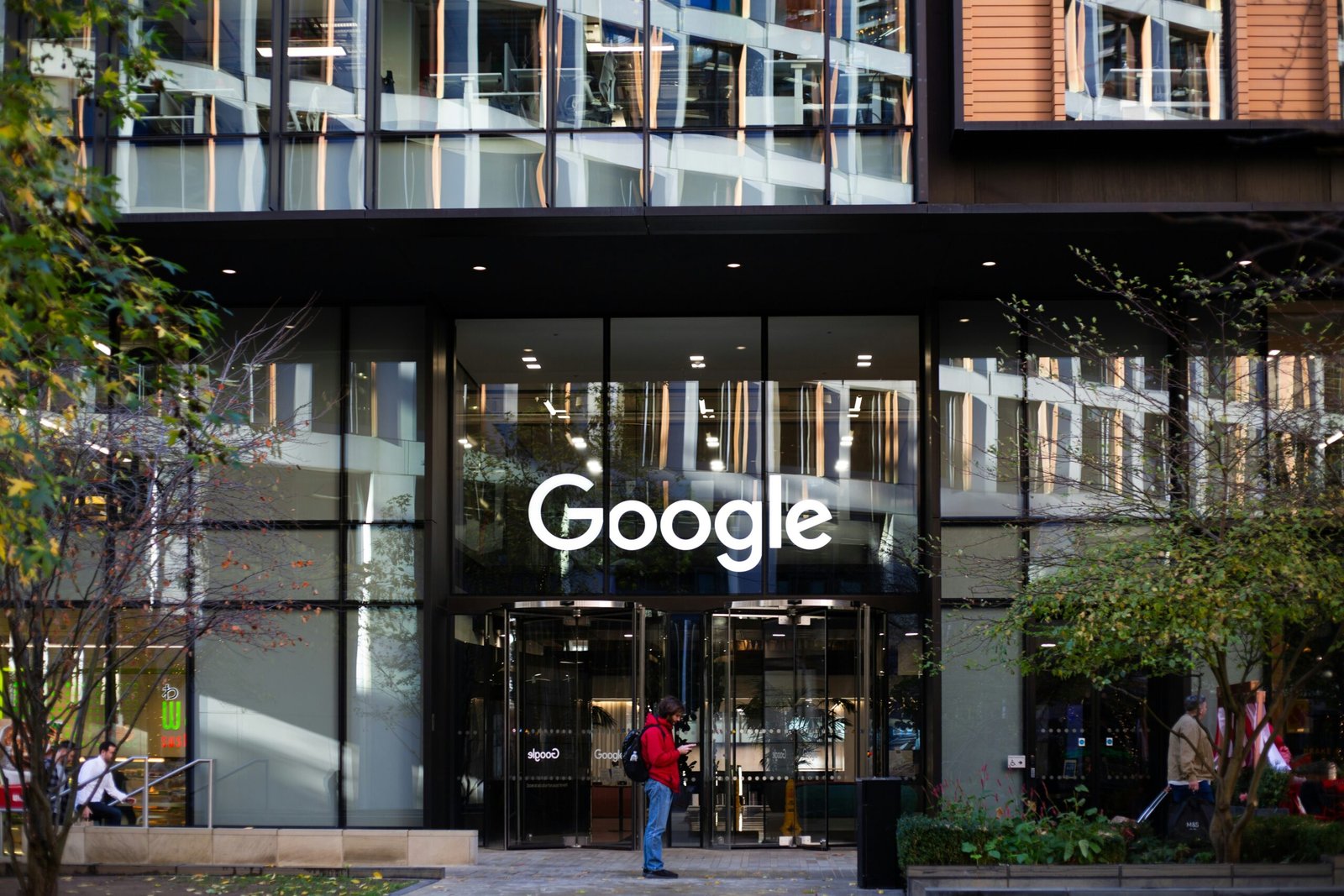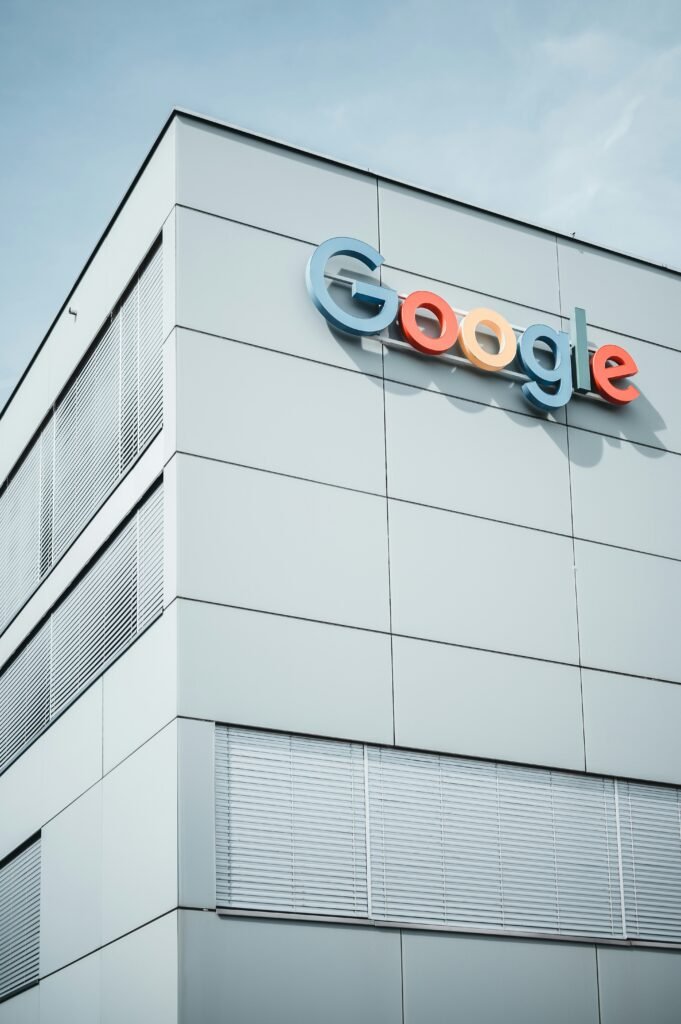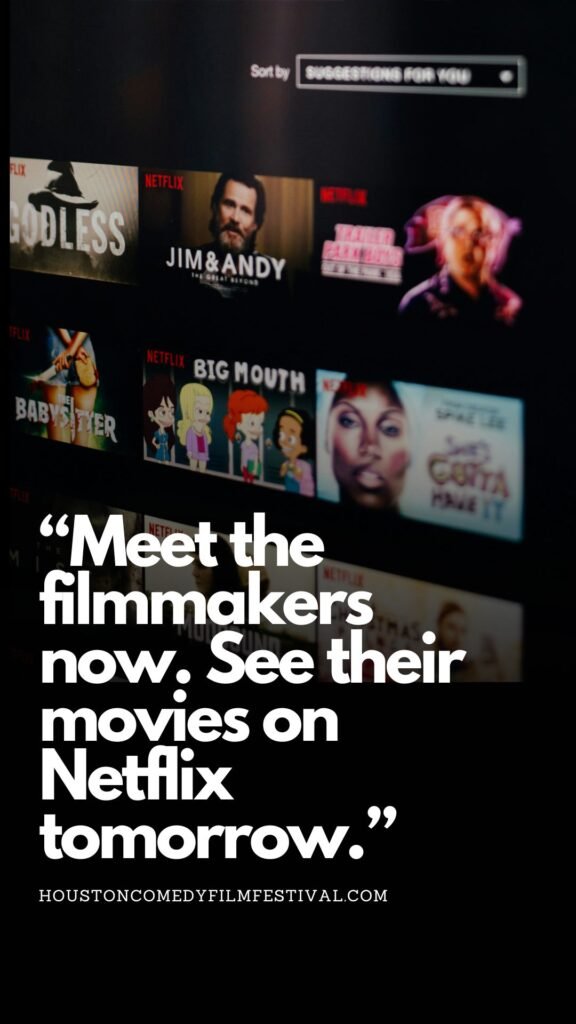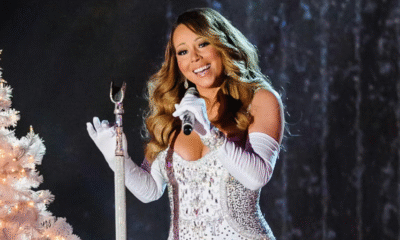Business
New ‘endgame’ bank rules promise greater financial stability, lower returns on December 29, 2023 at 11:00 am Business News | The Hill
The banking sector is bracing for a major set of regulations prompted by the 2007-2008 financial crisis, but whose origins extend as far back as the termination of the gold standard and the introduction of freely floating international currencies.
Bank regulators around the world are poised to finalize the third Basel Accord, an international set of bank capital rules born from a summit that began in 1974.
Experts say the new regulations, known as the “Basel III Endgame,” are still necessary and will help to stabilize an international financial system that is prone to periodic collapse.
Meanwhile, banking industry groups and lobbies are firing on all cylinders to water down the proposed rule changes ahead of a January 16 deadline for public comment.
The new international rules compel banks to hold more capital and rely less on their own internal modeling. While the risk of traditional bank runs like the ones that brought down Silicon Valley Bank (SVB) and Signature Bank earlier this year likely won’t be substantially mitigated by Basel III Endgame, experts say it could reduce the risk of a deeper, industry-wide failure like in 2008.
“There’s a vast body of academic research that presents … a very broad consensus to say that from the current level an increase in capital requirements is probably a good idea – that’s viewed from the perspective of the system as a whole, not from that of an individual bank,” Nicolas Véron, a senior fellow with the Peterson Institute for International Economics, told The Hill.
What will Basel III mean for banks?
The central feature of the new banking rules is higher requirements for capital, which is a measure of the resources banks have to withstand losses. The Federal Deposit Insurance Corporation (FDIC) estimates an aggregate 16-percent increase in common equity requirements for affected banks.
The rules would also broaden out these requirements for banks worth $100 billion or more, pulling the threshold for more capital down from the $250 billion mark to apply to banks of the size of SVB and Signature.
Banks and their advocates tend to oppose increasing capital requirements, arguing that the Dodd-Frank reforms following the 2007-08 crisis were sufficient and stricter rules will mean fewer loans into the economy.
Higher capital requirements also limit banks’ ability to leverage their capital and extend their balance sheets with borrowed money to distribute more profits to shareholders.
But the Bank of International Settlements (BIS), the international coordinating body for central banks like the Federal Reserve, says that too much leverage was a driving force behind the 2007-2008 financial crisis.
“An underlying cause of the global financial crisis was the build-up of excessive on- and off-balance sheet leverage in the banking system,” a BIS write-up of the Basel plan reads.
“At the height of the crisis, financial markets forced the banking sector to reduce its leverage in a manner that amplified downward pressures on asset prices. This deleveraging process exacerbated the feedback loop between losses, falling bank capital and contracting credit availability.”
More transparency on leverage ratios
Having banks use a more standardized risk model is another key feature of the new rules. The last round of Basel regulations allowed banks to do their own risk assessments.
“This was a very easy system to game,” financial writer and researcher Nathan Tankus told The Hill in an interview.
“You would have a risk modeler who would come in from the compliance department, model the activities that a trading desk was doing, let them do that for a few weeks. Then you would kick the compliance person out, make sure they weren’t allowed at your desk anymore, and then you’d play around with the model and figure out what risk you can take to earn more money without the risk model realizing it,” he said.
The BIS has also called out this operational duplicity and suggested it needs to be amended.
“In many cases, banks built up excessive leverage while reporting strong risk-based capital ratios,” the BIS wrote in 2017.
The proposed rule changes include replacing banking organizations’ internal models for credit risk and operational risk with standardized approaches, the Federal Reserve says.
Disputed effects of higher capital requirements
Bankers say that having to keep more capital on their books means they will decrease lending to households and small businesses or increase the interest rates on their loans, making them more expensive.
“When capital requirements are set excessively high, it makes it much harder to secure a loan or credit — this is especially true for working families and small businesses,” the Bank Policy Institute, a trade group for the banking industry, says on its website.
“If we go too far in terms of burdening US banks with regulations, it is absolutely going to negatively impact a specific subset of people that rely on those institutions, not only for business loans but personal loans, agricultural loans, that type of thing,” financial services director Dana Twomey of consultancy West Monroe told The Hill.
But some research says otherwise.
One frequently cited paper from 2009 found “that there would likely be relatively small changes in loan volumes by U.S. banks as a result of higher capital requirements on loans retained on the banks’ balance sheets.”
Even if banks restructure their balance sheets to optimize returns on stock, such moves “appear unlikely to be large enough, even in the aggregate, to significantly discourage customers from borrowing or move them to other credit suppliers in a major way,” the researcher found.
Another BIS paper found that “loss-absorbing capital is only a small proportion of banks’ balance sheets. Increasing this proportion to 10 to 15 percent does not materially affect a bank’s average cost of funding.”
Even assuming diminished lending as a result of higher capital requirements, the Fed could very well offset this stinginess with lower inter-bank interest rates, which could have a more broadly stimulative effect on the economy even despite tighter private lending standards.
“A bug here can also be seen as a feature,” Tankus told The Hill.
What are lawmakers saying?
Some Democrats have been trumpeting the new rules, arguing they’re needed to stabilize the economy against the next inevitable crisis.
“The Fed’s rules for stronger capital requirements for big banks are crucial to protect the economy and taxpayers when banks take risky bets and lose money,” Sen. Elizabeth Warren (D-Mass.) said in a statement to The Hill.
“Wall Street executives are fighting tooth and nail against these rules because they threaten their multimillion-dollar bonuses — but regulators must reject the Big Bank lobby’s efforts and finalize strong capital requirements swiftly,” she said.
Key Republicans on the Senate Banking Committee and House Financial Services Committee have largely backed the banking industry.
“This proposal could limit, and frankly I think will limit, the following: availability of credit for housing for those who need it most, severely restrict lending for small businesses,” Sen. Tim Scott (R-S.C.) said during a hearing on Wall Street oversight earlier this month.
In a letter to financial regulators sent in September, House Republicans bemoaned the increased capital requirements and said the whole plan should be scrapped.
“The proposal .. would force the U.S. to overcapitalize financial institutions, compromising our global competitiveness,” they said.
Just how stable is the financial sector now?
The financial sector teetered in March after SVB and Signature tanked due to clumsy management and basic interest rate exposure — something regulators could have caught but didn’t.
This resulted in the Fed’s extending a line of credit backed by taxpayer money to the banking industry, as well as a private-sector bailout from other big banks to rescue First Republic, another lender that was about to go under.
“The failure of two regional banks in Spring 2023 underscored that activities of non-global systemically important banks can pose a risk to financial stability,” the Treasury Department’s Financial Stability Oversight Council (FSOC) said in its annual report, released last week.
Despite fears of wider failures on the scale of 2007, governmental and private-sector bailouts were able to prop up the industry up, further buttressed by the roaring post-pandemic recovery, leading FSOC to deem the U.S. banking system in December “resilient overall.”
But some substantial risks for FSOC remain, notably in securities related to residential real estate and the $6-trillion commercial real estate sector. They’re risks that raise the specter of the predatory securitized mortgages that tanked big banks starting in 2007 and led to a legislative rescue of the industry.
Maturing loans and expiring leases amid weak demand for office space have the potential to strain the sector further, Treasury officials told The Hill, encouraging market participants to keep a close eye on the sector.
Failures there could spread beyond that segment of the market, they said.
Despite the warnings, the financial sector doesn’t want any more interference in how they securitize mortgages or other types of loans.
“Capital requirements play a key role in the ability of banks to participate in securitizations to fund lending. Higher capital requirements would force banks to hold less inventory leading to lower [asset-backed security] liquidity and higher spreads which in turn raises costs for consumers and businesses,” financial trade group SIFMA said in a November statement.
Market commentators say that changing the way securitization markets work and reining them in is precisely the point of the new regulations.
“Whatever you think about the [impact of these rules on securitization] and how true that is, there’s a certain point of view that says ‘Well, good. That’s a feature, not a bug. Securitization has all sorts of potential pathologies … and so much the better for our financial markets,” Tankus told The Hill.
Business, banking regulator, banking system, basel III, basel III endgame, Elizabeth Warren, Tim Scott The banking sector is bracing for a major set of regulations prompted by the 2007-2008 financial crisis, but whose origins extend as far back as the termination of the gold standard and the introduction of freely floating international currencies. Bank regulators around the world are poised to finalize the third Basel Accord, an international set…
Business
Google Accused Of Favoring White, Asian Staff As It Reaches $28 Million Deal That Excludes Black Workers

Google has tentatively agreed to a $28 million settlement in a California class‑action lawsuit alleging that white and Asian employees were routinely paid more and placed on faster career tracks than colleagues from other racial and ethnic backgrounds.
- A Santa Clara County Superior Court judge has granted preliminary approval, calling the deal “fair” and noting that it could cover more than 6,600 current and former Google workers employed in the state between 2018 and 2024.

How The Discrimination Claims Emerged
The lawsuit was brought by former Google employee Ana Cantu, who identifies as Mexican and racially Indigenous and worked in people operations and cloud departments for about seven years. Cantu alleges that despite strong performance, she remained stuck at the same level while white and Asian colleagues doing similar work received higher pay, higher “levels,” and more frequent promotions.
Cantu’s complaint claims that Latino, Indigenous, Native American, Native Hawaiian, Pacific Islander, and Alaska Native employees were systematically underpaid compared with white and Asian coworkers performing substantially similar roles. The suit also says employees who raised concerns about pay and leveling saw raises and promotions withheld, reinforcing what plaintiffs describe as a two‑tiered system inside the company.
Why Black Employees Were Left Out
Cantu’s legal team ultimately agreed to narrow the class to employees whose race and ethnicity were “most closely aligned” with hers, a condition that cleared the path to the current settlement.

The judge noted that Black employees were explicitly excluded from the settlement class after negotiations, meaning they will not share in the $28 million payout even though they were named in earlier versions of the case. Separate litigation on behalf of Black Google employees alleging racial bias in pay and promotions remains pending, leaving their claims to be resolved in a different forum.
What The Settlement Provides
Of the $28 million total, about $20.4 million is expected to be distributed to eligible class members after legal fees and penalties are deducted. Eligible workers include those in California who self‑identified as Hispanic, Latinx, Indigenous, Native American, American Indian, Native Hawaiian, Pacific Islander, and/or Alaska Native during the covered period.
Beyond cash payments, Google has also agreed to take steps aimed at addressing the alleged disparities, including reviewing pay and leveling practices for racial and ethnic gaps. The settlement still needs final court approval at a hearing scheduled for later this year, and affected employees will have a chance to opt out or object before any money is distributed.
H2: Google’s Response And The Broader Stakes
A Google spokesperson has said the company disputes the allegations but chose to settle in order to move forward, while reiterating its public commitment to fair pay, hiring, and advancement for all employees. The company has emphasized ongoing internal audits and equity initiatives, though plaintiffs argue those efforts did not prevent or correct the disparities outlined in the lawsuit.
For many observers, the exclusion of Black workers from the settlement highlights the legal and strategic complexities of class‑action discrimination cases, especially in large, diverse workplaces. The outcome of the remaining lawsuit brought on behalf of Black employees, alongside this $28 million deal, will help define how one of the world’s most powerful tech companies is held accountable for alleged racial inequities in pay and promotion.
Business
Luana Lopes Lara: How a 29‑Year‑Old Became the Youngest Self‑Made Woman Billionaire

At just 29, Luana Lopes Lara has taken a title that usually belongs to pop stars and consumer‑app founders.
Multiple business outlets now recognize her as the world’s youngest self‑made woman billionaire, after her company Kalshi hit an 11 billion dollar valuation in a new funding round.
That round, a 1 billion dollar Series E led by Paradigm with Sequoia Capital, Andreessen Horowitz, CapitalG and others participating, instantly pushed both co‑founders into the three‑comma club. Estimates place Luana’s personal stake at roughly 12 percent of Kalshi, valuing her net worth at about 1.3 billion dollars—wealth tied directly to equity she helped create rather than inheritance.

Kalshi itself is a big part of why her ascent matters.
Founded in 2019, the New York–based company runs a federally regulated prediction‑market exchange where users trade yes‑or‑no contracts on real‑world events, from inflation reports to elections and sports outcomes.
As of late 2025, the platform has reached around 50 billion dollars in annualized trading volume, a thousand‑fold jump from roughly 300 million the year before, according to figures cited in TechCrunch and other financial press. That hyper‑growth convinced investors that event contracts are more than a niche curiosity, and it is this conviction—expressed in billions of dollars of new capital—that turned Luana’s share of Kalshi into a billion‑dollar fortune almost overnight.
Her path to that point is unusually demanding even by founder standards. Luana grew up in Brazil and trained at the Bolshoi Theater School’s Brazilian campus, where reports say she spent up to 13 hours a day in class and rehearsal, competing for places in a program that accepts fewer than 3 percent of applicants. After a stint dancing professionally in Austria, she pivoted into academics, enrolling at the Massachusetts Institute of Technology to study computer science and mathematics and later completing a master’s in engineering.
During summers she interned at major firms including Bridgewater Associates and Citadel, gaining a front‑row view of how global macro traders constantly bet on future events—but without a simple, regulated way for ordinary people to do the same.

That realization shaped Kalshi’s founding thesis and ultimately her billionaire status. Together with co‑founder Tarek Mansour, whom she met at MIT, Luana spent years persuading lawyers and U.S. regulators that a fully legal event‑trading exchange could exist under commodities law. Reports say more than 60 law firms turned them down before one agreed to help, and the company then spent roughly three years in licensing discussions with the Commodity Futures Trading Commission before gaining approval. The payoff is visible in 2025’s numbers: an 11‑billion‑dollar valuation, a 1‑billion‑dollar fresh capital injection, and a founder’s stake that makes Luana Lopes Lara not just a compelling story but a data point in how fast wealth can now be created at the intersection of finance, regulation, and software.
Business
Harvard Grads Jobless? How AI & Ghost Jobs Broke Hiring

America’s job market is facing an unprecedented crisis—and nowhere is this more painfully obvious than at Harvard, the world’s gold standard for elite education. A stunning 25% of Harvard’s MBA class of 2025 remains unemployed months after graduation, the highest rate recorded in university history. The Ivy League dream has become a harsh wakeup call, and it’s sending shockwaves across the professional landscape.

Jobless at the Top: Why Graduates Can’t Find Work
For decades, a Harvard diploma was considered a golden ticket. Now, graduates send out hundreds of résumés, often from their parents’ homes, only to get ghosted or auto-rejected by machines. Only 30% of all 2025 graduates nationally have found full-time work in their field, and nearly half feel unprepared for the workforce. “Go to college, get a good job“—that promise is slipping away, even for the smartest and most driven.
Tech’s Iron Grip: ATS and AI Gatekeepers
Applicant tracking systems (ATS) and AI algorithms have become ruthless gatekeepers. If a résumé doesn’t perfectly match the keywords or formatting demanded by the bots, it never reaches human eyes. The age of human connection is gone—now, you’re just a data point to be sorted and discarded.
AI screening has gone beyond basic qualifications. New tools “read” for inferred personality and tone, rejecting candidates for reasons they never see. Worse, up to half of online job listings may be fake—created simply to collect résumés, pad company metrics, or fulfill compliance without ever intending to fill the role.
The Experience Trap: Entry-Level Jobs Require Years
It’s not just Harvard grads who are hurting. Entry-level roles demand years of experience, unpaid internships, and portfolios that resemble a seasoned professional, not a fresh graduate. A bachelor’s degree, once the key to entry, is now just the price of admission. Overqualified candidates compete for underpaid jobs, often just to survive.
One Harvard MBA described applying to 1,000 jobs with no results. Companies, inundated by applications, are now so selective that only those who precisely “game the system” have a shot. This has fundamentally flipped the hiring pyramid: enormous demand for experience, shrinking chances for new entrants, and a brutal gauntlet for anyone not perfectly groomed by internships and coaching.
Burnout Before Day One
The cost is more than financial—mental health and optimism are collapsing among the newest generation of workers. Many come out of elite programs and immediately end up in jobs that don’t require degrees, or take positions far below their qualifications just to pay the bills. There’s a sense of burnout before careers even begin, trapping talent in a cycle of exhaustion, frustration, and disillusionment.
Cultural Collapse: From Relationships to Algorithms
What’s really broken? The culture of hiring itself. Companies have traded trust, mentorship, and relationships for metrics, optimizations, and cost-cutting. Managers no longer hire on potential—they rely on machines, rankings, and personality tests that filter out individuality and reward those who play the algorithmic game best.
AI has automated the very entry-level work that used to build careers—research, drafting, and analysis—and erased the first rung of the professional ladder for thousands of new graduates. The result is a workforce filled with people who know how to pass tests, not necessarily solve problems or drive innovation.
The Ghost Job Phenomenon
Up to half of all listings for entry-level jobs may be “ghost jobs”—positions posted online for optics, compliance, or future needs, but never intended for real hiring. This means millions of job seekers spend hours on applications destined for digital purgatory, further fueling exhaustion and cynicism.
Not Lazy—Just Locked Out
Despite the headlines, the new class of unemployed graduates is not lazy or entitled—they are overqualified, underleveraged, and battered by a broken process. Harvard’s brand means less to AI and ATS systems than the right keyword or résumé format. Human judgment has been sidelined; individuality is filtered out.

What’s Next? Back to Human Connection
Unless companies rediscover the value of human potential, mentorship, and relationships, the job search will remain a brutal numbers game—one that even the “best and brightest” struggle to win. The current system doesn’t just hurt workers—it holds companies back from hiring bold, creative talent who don’t fit perfect digital boxes.
Key Facts:
- 25% of Harvard MBAs unemployed, highest on record
- Only 30% of 2025 grads nationwide have jobs in their field
- Nearly half of grads feel unprepared for real work
- Up to 50% of entry-level listings are “ghost jobs”
- AI and ATS have replaced human judgment at most companies
If you’ve felt this struggle—or see it happening around you—share your story in the comments. And make sure to subscribe for more deep dives on the reality of today’s economy and job market.
This is not just a Harvard problem. It’s a sign that America’s job engine is running on empty, and it’s time to reboot—before another generation is locked out.

 Entertainment4 weeks ago
Entertainment4 weeks agoColombia’s ‘Doll’ Arrest: Police Say a 23-Year-Old Orchestrated Hits, Including Her Ex’s Murder

 Entertainment4 weeks ago
Entertainment4 weeks agoHow The Grinch Became The Richest Christmas Movie Ever

 Entertainment4 weeks ago
Entertainment4 weeks agoMiley Cyrus Is Engaged to Maxx Morando

 Film Industry2 weeks ago
Film Industry2 weeks agoDisney Brings Beloved Characters to ChatGPT After $1 Billion OpenAI Deal

 Business4 weeks ago
Business4 weeks agoLuana Lopes Lara: How a 29‑Year‑Old Became the Youngest Self‑Made Woman Billionaire

 Entertainment4 weeks ago
Entertainment4 weeks agoMariah Carey’s One Holiday Hit Pays her $3.3 Million a Year

 Film Industry3 weeks ago
Film Industry3 weeks agoNetflix Got Outbid: Paramount Drops a $108 Billion Cash Bomb on Warner Bros.

 Entertainment4 weeks ago
Entertainment4 weeks agoAnne Hathaway Just Turned Her Instagram Bio Into a 2026 Release Calendar





























